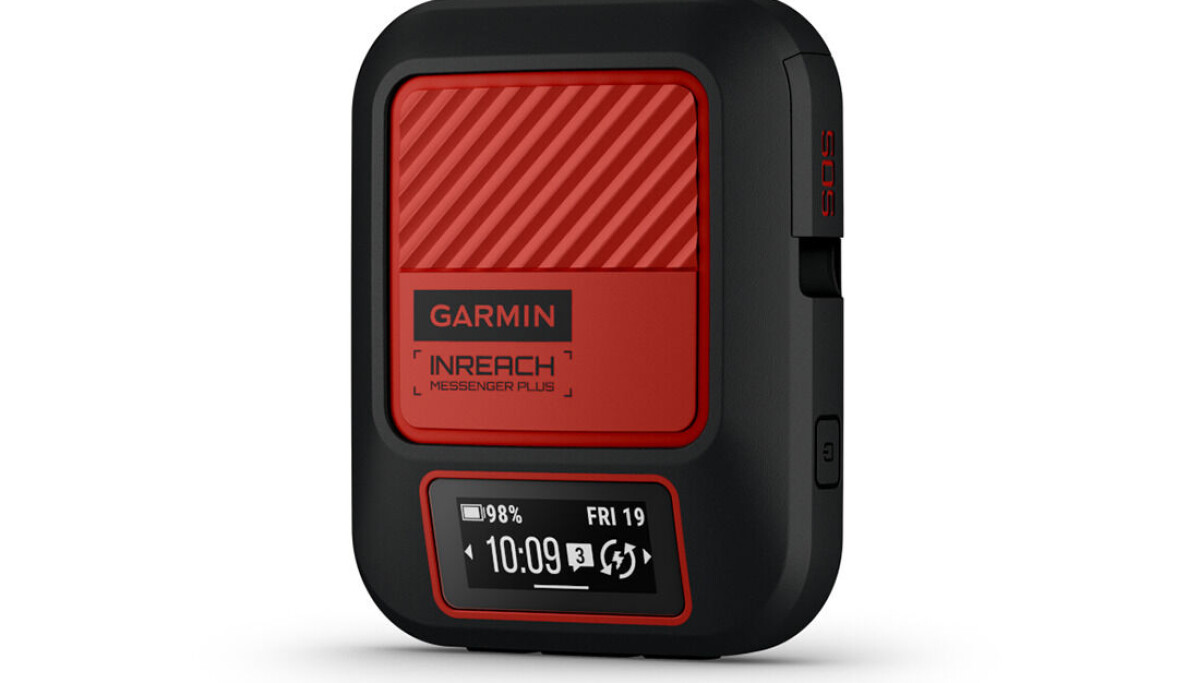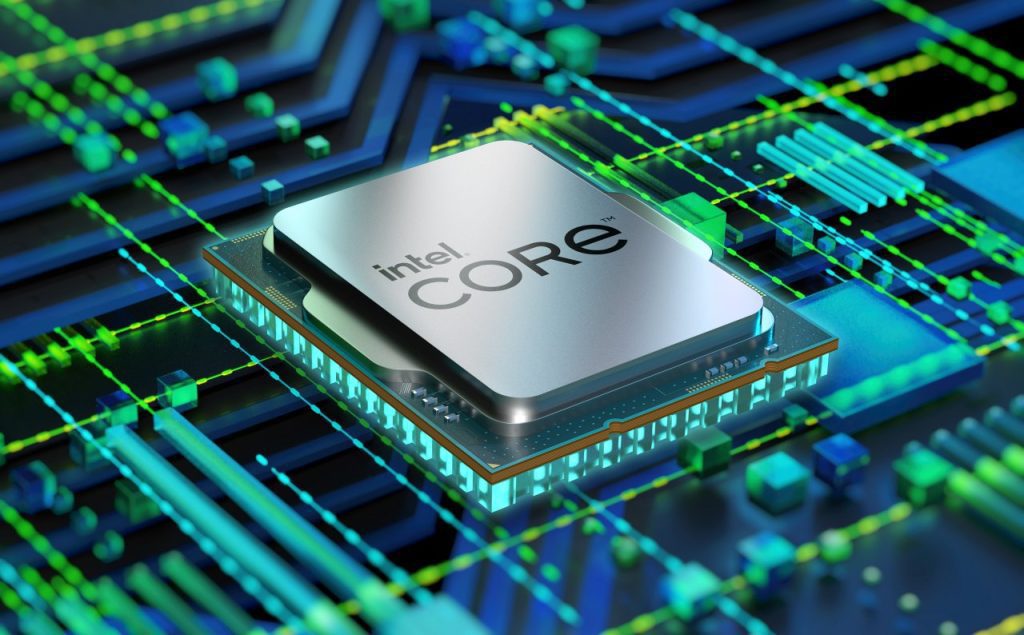Last fall, Intel lifted the lid on the Core 12000 “Alder Lake” series, a family of processors and a platform with many innovations compared to the previous generation. First of all, “Alder Lake” is a combination of two processor architectures, divided into energy-saving and high-performance cores. This is accompanied by support for DDR5 memory and PCI Express 5.0. When the AMD Ryzen 7000 series debuts at the end of September, old Intel news will join in, but around the corner the blue team is waiting for the Core 13000 “Raptor Lake” counterattack.
The Core 13000 launch date is set for October 20, and over the past few months, the rumor mill has been ticking off potential performance levels and specs. Report now Technology website Wccftech They got their hands on the specs for most of the Lake Raptor lineup. With suffixes defining unlocked “K” variants, “F” models without graphics and more power-efficient “T” versions, there are a total of 14 processors ranging from 10 to 24 cores.
The Core i9-13900K will be the most powerful model in the series, pairing 8 powerful cores with 16 energy-efficient cores. The maximum clock frequency is set at 5.8GHz on 1-2 powerful cores, or 5.5GHz when all loaded. In terms of energy efficiency, the peak frequency is 4.3 GHz. The listed TDP for all unlocked processors is 125W, but as before, this can be exceeded for a limited time. Rumor has it that the top-end processor can reach 350W when all restrictions are lifted, which is not mentioned in the tables.
Core i7-branded processors get 8 powerful cores and many more energy-efficient cores, while Core i5-13600K and Core i5-13600KF reduce the former to 6 cores. The simpler Core i5-13400 and Core i5-13400F also use 4 energy-saving cores. The predecessors of these processors completely lacked such cores, and therefore it is likely that they will reach much higher multi-threaded performance. The absence of Core i3 processors is evidenced in the leaked materials, and the future will tell us whether they will also receive additional cores.
The specs are consistent with information that sporadically found its way onto the web over the summer. In general, this includes more power efficient cores and higher turbo frequencies for most variants, something that appears to come at the cost of higher power output. Support for DDR4 and DDR5 still remains, but with support for higher memory frequencies when switching DDR5-4800 to DDR5-5600. Additionally, higher prices may come with the launch, which will likely take place in about 1.5 months.

“Entrepreneur. Freelance introvert. Creator. Passionate reader. Certified beer ninja. Food nerd.”









More Stories
Logitech Steering Wheel News: New Steering Wheels, Gear Lever, and Handbrake in Direct Drive Series
Garmin Launches inReach Messenger Plus App
Why Rare Earth Metals for Electric Cars Are Crucial for Modern Mobility